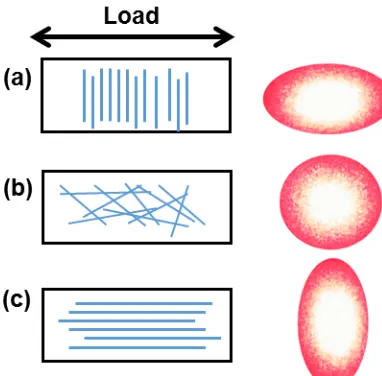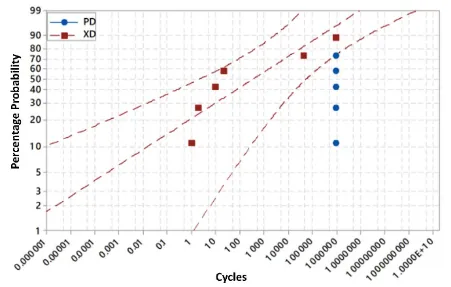Collagen fibre orientation and dispersion govern ultimate tensile strength, stiffness and the fatigue performance of bovine pericardium
Full text
Figure
![Figure 1: SALS system; composed of HeNe laser, focusing lens, sample positioner, projection screen and camera [28]](https://thumb-us.123doks.com/thumbv2/123dok_us/959866.609192/5.595.74.524.389.510/figure-composed-focusing-sample-positioner-projection-screen-camera.webp)



Related documents
‘Too hard’: Non-Aboriginal health professionals in this group had worked in Aboriginal health for longer than the ‘don’t know how’ or ‘too scared’ groups and their
Bilateral primary sensory cortices (green arrows), the center of the rostral portion of the postcentral gyrus (blue arrows), and Brodmann ’ s area 46 of the right hemisphere
A two-day training course for novice clubfoot providers (Ponseti method) and two-day training course for advanced clubfoot providers were developed.. Decisions were made using a
The present Research paper is aimed to bring out the comparative Study between the two Poets: Emerson and Marathi poet Narayan Surave.. These tow poets
The main research question is as follows: ‘ Is it feasible to design a randomised controlled trial that will assess if the Shape-up following cancer treatment programme is
Pure culture of the identified fungi were prepared and maintained on PDA (Potato Dextrose Agar) slants.. The Carrot seeds were found to be showed association of
Twenty-five percent of our respondents listed unilateral hearing loss as an indication for BAHA im- plantation, and only 17% routinely offered this treatment to children with



